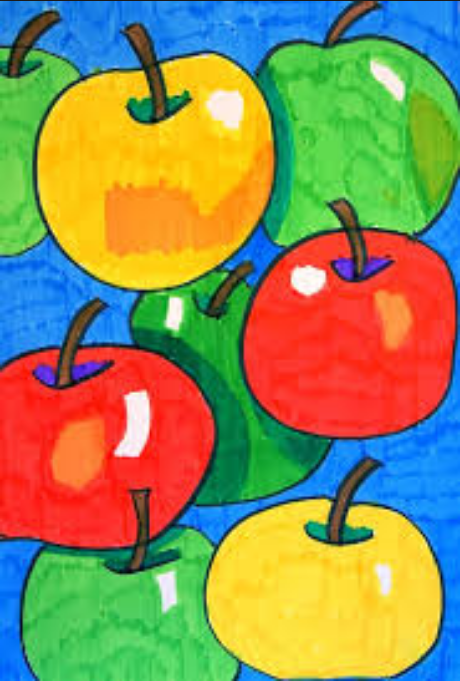Health & Wellness
A Crayola Diet

By Priscilla Mensah
When you think of Crayola, what comes to mind? Perhaps your childhood comes to the fore of your mind, or a coloring book, or even those melted crayons that you had when you were younger. Well, that is what comes to my mind. Health experts are challenging the way we approach dieting and are suggesting that we consume foods that are colorful, much like the many crayons of Crayola. Doing so may, for some people, change some of the initial images that pop up in our heads when reflecting on Crayola.
Officially known as “The Color Diet”, and unofficially “The Crayola Diet” as coined by myself, this diet that I am researching involves eating foods that are colorful. That means, when you eat your meals, you should see plenty of color on your plate. Popular colorful foods include orange yams, purple beets and eggplants, green kale and lettuce, yellow peppers, red apples, blue blueberries, or even brown whole grains and legumes. I first came across this diet on none other than the social media site Instagram. Trolling through the page of Dr. Jackie Walters of Bravo television show “Married to Medicine”, I could not help but notice a plate of food that she had advocating “The Color Diet”. Almost immediately, I was intrigued and did some further digging.
Come to find out, there are many practical reasons why one should adhere to “The Color Diet”. In addition to being aesthetically pleasing, color foods bring their own individual nutritional benefits. For instance, leafy greens and other greens like zucchini are rich in lutein, and zeaxanthin, which can be potentially helpful in preventing stroke and eye disease. Red-colored foods such as tomatoes and watermelon have lycopene. Lycopene is associated with a reduced risk for stomach, lung and prostate cancers (The 7-Day Color Diet, 2015).
Blue- and purple-colored fruits have antioxidants that may thwart tumor growth, enhance cognitive function and combat heart maladies. Orange- and yellow-colored foods such as carrots and mangoes are full of beta carotene. Our body converts beta carotene into vitamin A, which is great for vision. I vividly recall my professor offering me carrots once she realized that I had difficulty seeing the board. One of my neighbors did the same. Based on the research that I have done, “The Color Diet” focuses primarily on fruits and vegetables. Some sources include brown whole grains and beans which are great for their fiber content (The 7-Day Color Diet, 2015).
Now, when you are chowing down on that delicious salad, try adding colors to it. Your body will thank you. Accessorize it with carrots, apples, peaches, berries or watermelon. If you crave a sandwich, be sure to include tomatoes and greens for added health benefits. Adding more color to your plate will help protect you from diseases like cancer and heart disease. Vitamins and minerals of some colorful fruits and vegetables are more effective when combined with the vitamins and minerals of other fruits and vegetables. For example, “the antho-cyanine in eggplants offer complementary benefits to the beta carotene in carrots,” says health expert Meryl Rothstein.
Once again, I will pose the same question that I asked in the beginning of this editorial. When you think of Crayola, what comes to mind? Hopefully, your new answer includes all those colorful fruits and vegetables that are so vital to your health and wellness.
Priscilla Mensah is an avid reader and scholar who resides in Brooklyn, New York. Her passions include community empowerment and improvement. Priscilla can be reached at pmensahbrooklyn@gmail.com.


